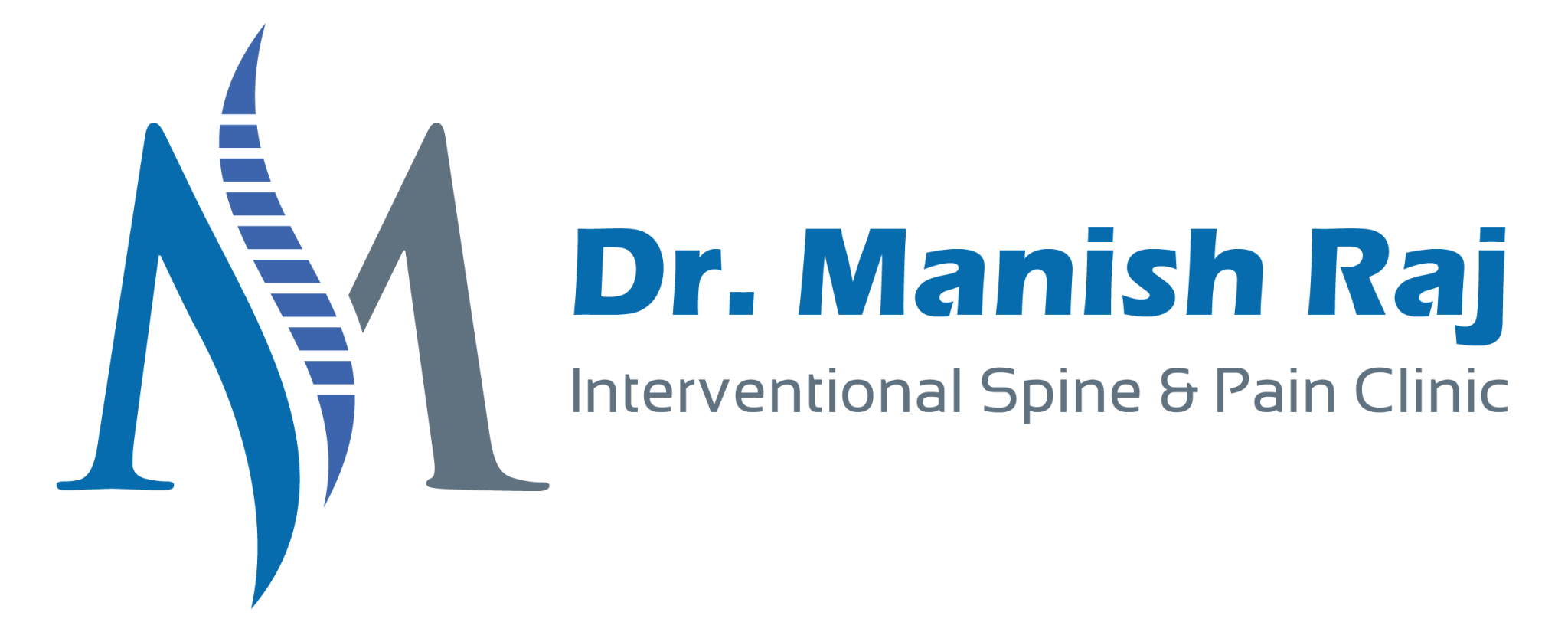Treatments WE OFFER
Our practice is guided by state-of-the-art technology yet grounded in a philosophy of a hands-on approach customized to each patient’s unique needs, we recognize that the needs of patients in pain are not alike, so we, therefore, create our treatment programs to be patient-driven. We are the leaders in treating neck, back and joints pain using the latest technologies with a focus on non-operative spine care, pain relieving interventional procedure, and minimally invasive spine surgery to treat the cause of pain, helping patients get the relief they need to live a functional and pain-free life.
Book An Appointment
Fill out the form below or call us at +971 50 480 4987 or email us at [email protected] to book an appointment with us.
Interventional Pain Treatments:
- Non-Surgical Treatment of Spine Pain
- Epidural Steroid Injections (ESIs): Often used to treat nerve pain, which radiates from the spine down and can cause sharp pains to shoot from the lower back into the legs, or from the neck into the shoulders and arms.
- Medial Branch Blocks (MBB): Used for the diagnosis and treatment of pain related to arthritis of the small joints of the spine, including neck, mid, and lower back pain. If the patient experiences good pain relief from the procedure, they can be a candidate for radiofrequency ablation.
- Radiofrequency Ablation (RFA): A device is used to deliver an electrical current and heat to the small nerves of the spine and joints. It can provide long-lasting pain relief to patients suffering from chronic neck and back pain as well as patients suffering from knee, hip, and shoulder pain due to arthritis.
- Cooled Radiofrequency Ablation (COLIEF): A device that can help patients suffering from knee, hip, and shoulder pain. This minimally invasive treatment targets nerves that transmit pain signals, and it’s the first and only radiofrequency treatment FDA-cleared for the relief of osteoarthritis knee pain.
- Endoscopic Spine procedure: A minimally invasive spinal technique for the treatment of slip disc, sciatica, and spine joint pain. It is the most advanced and sophisticated technique to address spine problems without the risk of open spine surgery. It has several advantages over conventional spine surgery for back and neck pain. With spine endoscopy, any pain-causing structure of the spine can be addressed with more than a 95% success rate. Spine endoscopy are associated with less muscle injury, preservation of bony structures, and rapid recovery.
- Kyphoplasty and Vertebroplasty: These procedures can be effective in treating people with vertebral compression fractures due to trauma, osteoporosis, or cancer. Kyphoplasty involves cement insertion inside the vertebral body together with the creation of a cavity using a balloon, which allows the cement to be injected before being removed.
- Percutaneous LASER Disc Decompression (PLDD): A minimally invasive laser disc rejuvenation procedure to treat back pain, leg pain, and neck pain caused by herniated discs compressing the nerve in the spine.
- Indirect Spine Fusion: An interspinous-interlaminar fusion device. It is intended to stabilize the thoracic, lumbar, and sacral spine. These devices provide immobilization, stabilization, and fusion of the spinal segments. The core threaded post allows for optimal placement and a wide range of sizes allows for enhanced anatomical fit. These procedures are ideal for lumbar spinal stenosis and can be used with or without graft.
- Sacroiliac Joint Fusion: A fusion procedure is done to reduce the pain from the sacroiliac joint after failure of conservative and injection treatment at the joint. Instruments encourage bone growth over the sacroiliac joint and create one immobile unit, effectively reducing pain and instability caused by sacroiliac joint dysfunction or inflammation (sacroiliitis).
- Differential Target Multiplexed (DTM) Spinal Cord Simulation (SCS): Offers patients the very latest interventional technique, with more than 80% reporting a notable reduction in chronic pain. The implanted DTM device targets neurons, as well as two types of cells involved in the chronic pain pathway, to give exceptional pain relief results. DTM is especially effective in treating patients who are experiencing pain after surgery.
- Dorsal Root Ganglion Stimulation (DRG): A novel device designed for patients suffering from focal neuropathic pain related to complex regional pain syndrome (CRPS). Similar to traditional spinal cord stimulation, DRG delivers electrical signals to the dorsal root ganglion, a bundle of nerves just outside the spinal cord.
- Intrathecal Pump (ITP): A device is implanted that delivers pain medication to the spinal fluid. It helps patients suffering from chronic pain related to cancer or patients with chronic pain where other treatments weren’t successful.
- Platelet-rich plasma Therapy (PRP): A patient’s platelets are injected to improve the function of tissues. The treatment is not widely available in the UAE, but can offer relief for patients following sports injuries, or those affected by osteoarthritis of tendinitis.
Other Interventional pain management procedures we offer include:
- Joint and bursa injections for knee, shoulder, hip, and other peripheral joints using ultrasound or X-ray guidance.
- Sacroiliac joint steroid injections for back/buttock pain related to sacroiliac joint (SIJ) dysfunction.
- Intercostal nerve blocks for chest wall pain.
- Superficial nerve blocks for headaches such as occipital nerve blocks, sphenopalatine ganglion blocks,s and BOTOX injections for chronic migraine/dystonia and spasticity.
- Nerve blocks for shoulder pain include suprascapular and axillary nerve blocks.
- Trigeminal nerve blocks for trigeminal neuralgia.
- Nerve blocks for abdominal pain include ilioinguinal, iliohypogastric, TAP, quadratus lumborum blocks, erector spinal blocks, and celiac plexus injections.
- Nerve blocks to treat pelvic pain such as ganglion impar blocks, superior hypogastric blocks, and pudendal nerve blocks.
- Sympathetic nerve blocks to treat complex regional pain syndrome (CRPS): lumbar sympathetic block, stellate ganglion block, and impar ganglion neuromodulation.
- Discogram for diagnosis of lumbar discogenic pain.
- Trigger point injections for myofascial muscle pain.
- Prolotherapy using regenerative techniques with dextrose.
